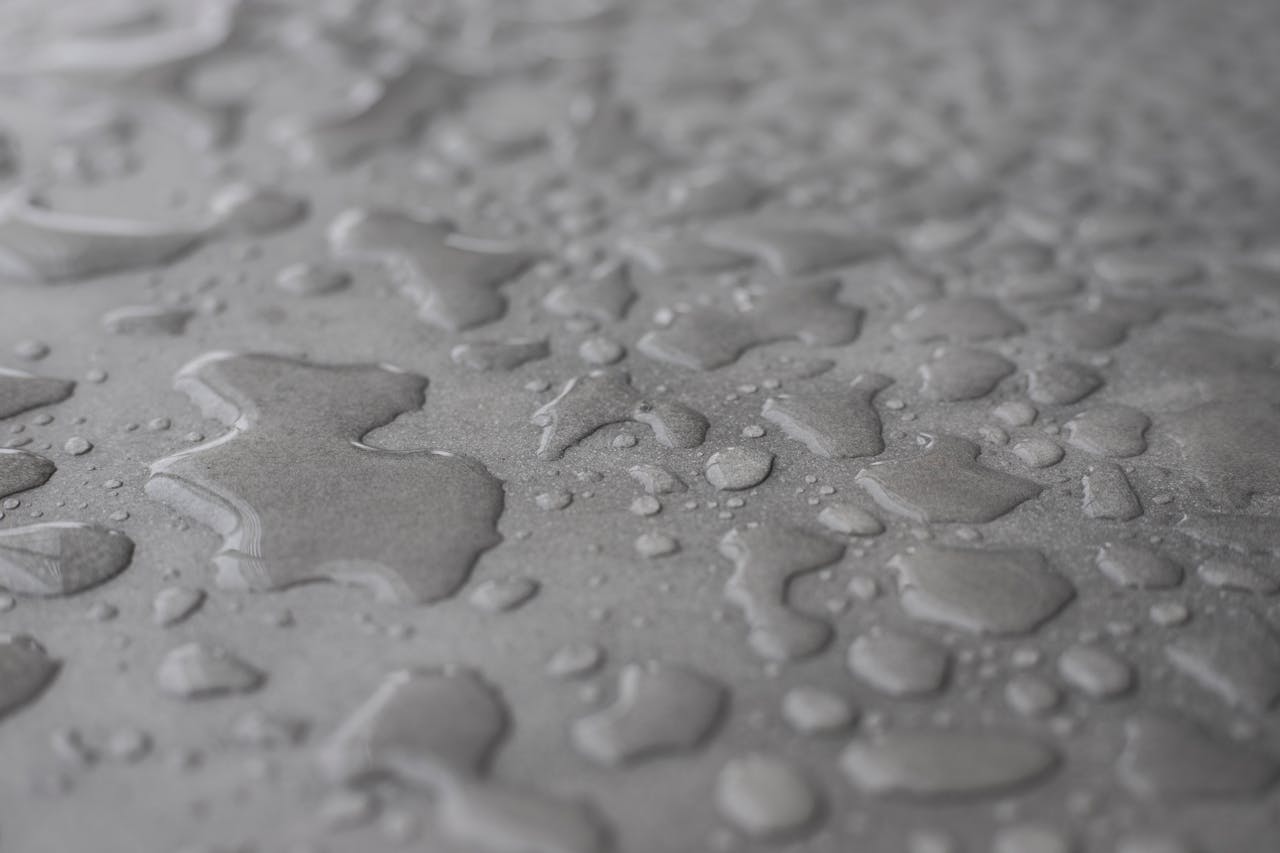We often talk about washing with soaps cleansers and surfactants like they are all the same thing. However, there are some key differences to note.
Traditional soaps are made by mixing fats (like vegetable oils or animal fats) with an alkali (like lye). This process, called saponification, creates molecules that can grab onto dirt and oil. Soaps are effective but can be harsh on the skin, especially those with sensitive or dry skin, because they can strip away natural oils and work at very high (basic) pH which is very different than that of the skin (which is slightly acidic).
Surfactants (short for surface-active agents) work by lowering the surface tension of water, allowing it to mix with oils and dirt more effectively. Surfactants have two ends: one that loves water (hydrophilic) and one that loves oil (lipophilic). This dual nature allows them to surround and lift away impurities from your skin when you rinse with water. Soaps are surfactants but not all surfactants are soaps- this is because the saponification process is what makes it a soap.
Modern day cleansers, unlike soap, are designed to maintain the skin’s natural moisture barrier, preventing dryness and irritation. They do this by combining surfactants with other, ideally, skin-friendly ingredients.
At Vetted Dermlab, we believe cleansers SHOULD be formulated to clean the skin without the harsh effects of traditional soap. Additionally, they should contain a mix of HYPOALLERGENIC surfactants (a few surfactants is less irritating than just one, believe it or not!). They should also contain ingredients that help hydrate and moisturize the skin!

